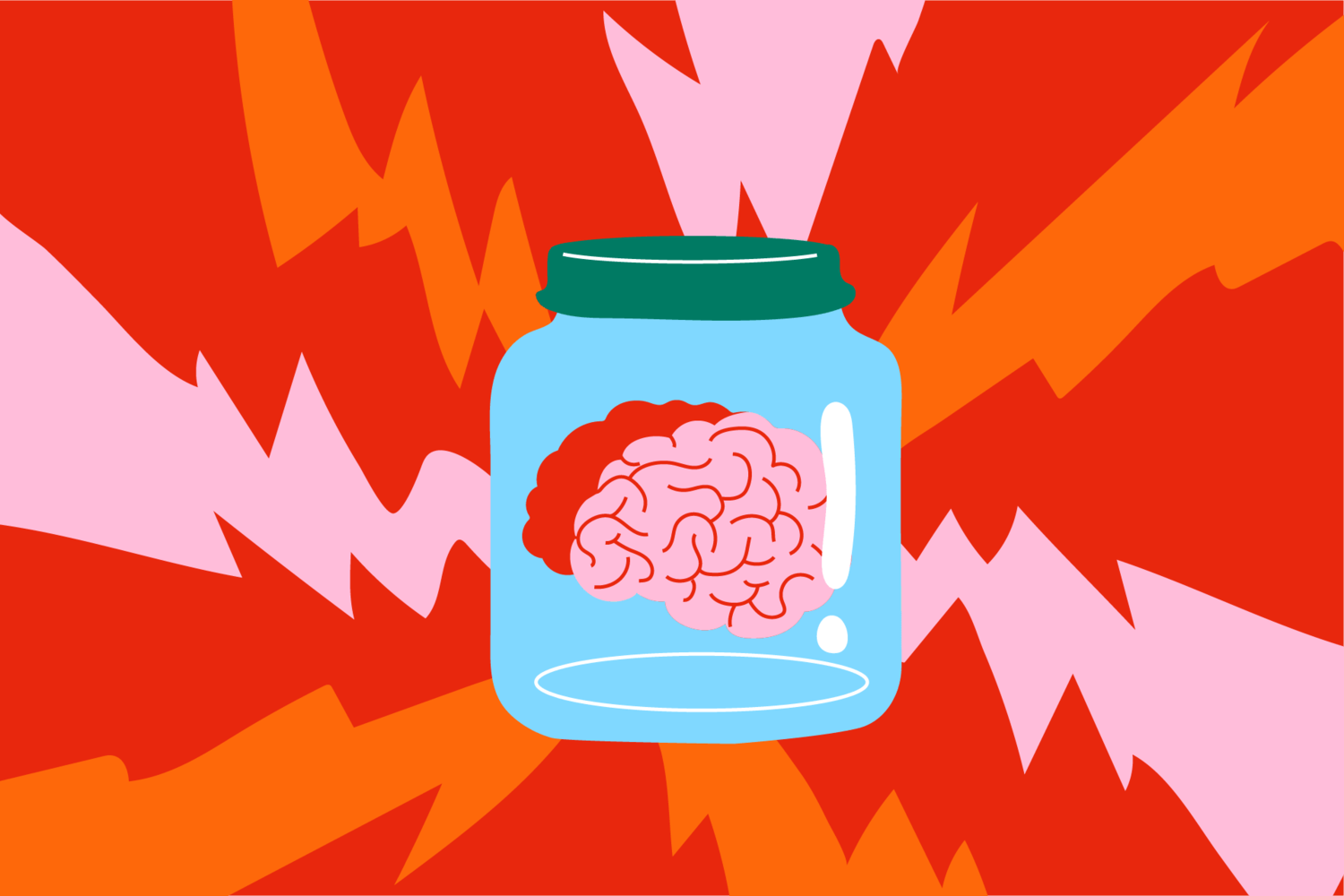Cognitive Flexibility and Executive Functioning
We can test executive processes like these by giving individuals multiple laboratory tasks simultaneously and comparing their performance in this multitasking case to their performance when given the same tasks in isolation. In one such study by Strobach, Frensch, and Schubert (2012), a group of NVGPs trained on an action, first-person shooter game for fifteen hours while a control group trained on Tetris for the same amount of time. Prior to and following training, participants completed a test in which they had to indicate the frequency of a sound (low, medium, high) and the size of a triangle (small, medium, large) simultaneously.

NVGPs who trained on the action shooter game showed significant improvements on the dual-task test while the control group who played Tetris or no game at all did not show any improvement. Chiappe and colleagues (2013) found similar improvements in dual tasking in a fifty-hour training study. Specifically, this study examined performance on the Multi-Attribute Task Battery (MATB), which consists of four tasks that subjects have to perform at the same time.
The tasks are based on those of aircraft operators such as using a joystick to keep a target centered on screen, monitoring fuel levels, responding to lights on an instrument panel, and listening and responding to radio communications). Thus it is not surprising that performance on the MATB correlates wit real-world performance (Comstock and Arnegard 1992). The fact that action video game training led to clear enhancements on the MATB suggests that the multitasking benefits of action video game experience may “scale up” to real-life, complex situations—though more studies are needed to confirm this theory.






